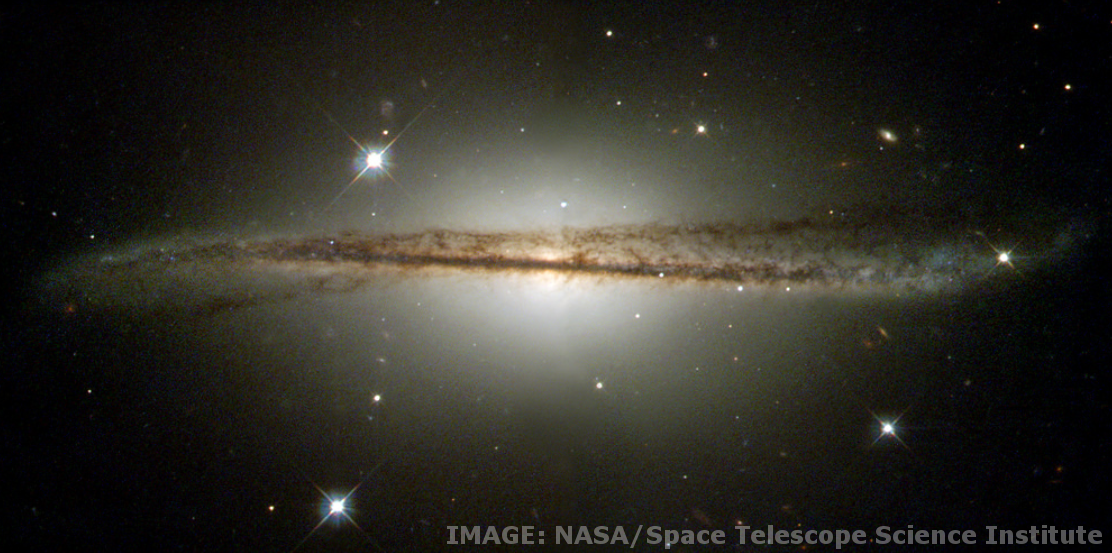Milky Way mapped in detail
 New research has produced a more accurate map of our galaxy and revealed its true shape – warped and twisted.
New research has produced a more accurate map of our galaxy and revealed its true shape – warped and twisted.
Astronomers from Macquarie University and the Chinese Academy of Sciences used 1339 ‘standard’ stars to map the real shape of our home galaxy.
They found the Milky Way’s disc of stars becomes increasingly ‘warped’ and twisted the further away the stars are from the galaxy’s centre.
“We usually think of spiral galaxies as being quite flat, like Andromeda which you can easily see through a telescope,” says Professor Richard de Grijs, a co-author and astronomer from Macquarie University in Sydney, Australia.
Trying to determine the real shape of our galaxy is like trying to determine the shape of Australia by standing in a backyard.
For the past 50 years there have been indications that the hydrogen clouds in the Milky Way are warped. The new map shows that the warped Milky Way disc also contains young stars.
It confirms that the warped spiral pattern is caused by torque from the spinning of the Milky Way’s massive inner disc of stars.
“It is notoriously difficult to determine distances from the Sun to parts of the Milky Way’s outer gas disc without having a clear idea of what that disc actually looks like,” says Xiaodian Chen, lead author, from the Chinese Academy of Sciences in Beijing.
“This research provides a crucial updated map for studies of our galaxy’s stellar motions and the origins of the Milky Way’s disk,” says Licai Deng, senior researcher at the Chinese Academy of Sciences and co-author on the paper.
“Most of the matter in the Milky Way is dark matter, it’s an intrinsic part of our universe,” says Professor de Grijs.
“But we have absolutely no idea what dark matter is or even where it is. Our research showing the shape of the Milky Way, could help us determine how dark matter is distributed around our galaxy.”
The team built their map using 1339 large pulsating stars each up to 100,000 brighter than our sun. Data on these classical Cepheid stars were provided by the Wide-field Infrared Survey Explorer (WISE).
Astronomers have observed a dozen other galaxies which showed similar progressively twisted spiral patterns in their outer regions, meaning our Milky Way’s twists are rare but not unique.







 Print
Print